For drought-tough natural boundary fences, you’ll find these three succulents invaluable: towering agave varieties create impressive 6+ foot privacy screens with spectacular 10-foot flower spikes; spreading opuntia species form impenetrable thorny barriers that thrive in zones 3B-11 while producing edible fruit; and columnar euphorbias reach up to 30 feet tall with striking architectural presence. All three options require minimal maintenance, conserve water, and enhance your landscape while clearly defining your property lines with distinctive character.
Towering Agave Varieties for Privacy Screens

When seeking a drought-resilient solution for boundary screening, towering agave varieties offer both practical privacy and striking visual appeal. Species like Agave americana can reach impressive heights of 6+ feet, creating effective natural barriers along your property lines.
Imposing agave sentinels stand guard along borders, merging water-wise sustainability with dramatic architectural presence.
For cold-climate gardens, consider Agave parryi, which thrives even in USDA zone 5 and withstands temperatures down to -20°F.
The dramatic Agave Blue varieties feature distinctive rosette shapes and spiky foliage that form architectural barriers while requiring minimal care.
These drought tolerant champions truly shine when they bloom, sending up spectacular flower spikes exceeding 10 feet.
You’ll appreciate how easy to maintain these privacy screens are—they need almost no water once established, making them perfect additions to xeriscaped landscapes where both boundary definition and water conservation matter.
Spreading Opuntia Species for Defensive Barriers
Natural landscapes often call for more than just visual boundaries—sometimes you need a barrier with real defensive capabilities. Spreading Opuntia species, or prickly pear cacti, excel in this role with their dense growth patterns and formidable thorny pads that effectively deter unwanted visitors.
These defensive barriers thrive across USDA zones 3B to 11, adapting to diverse climates from cold winters to scorching summers. You’ll appreciate their exceptional drought tolerance and ability to flourish in poor soil conditions, including sandy and rocky terrain.
Species like Opuntia engelmannii quickly form thick, impenetrable mats that function as natural fences while producing edible fruit—a dual benefit.
Their low-maintenance nature makes them perfect for sustainable xeriscaping projects, requiring minimal watering while providing maximum protection and environmental resilience.
Columnar Euphorbia Plants for Year-Round Boundaries

Reaching skyward with stately elegance, columnar Euphorbia plants create impressive living boundaries that stand sentinel through all seasons.
These drought-tolerant succulents can soar up to 30 feet tall, providing privacy and shelter while adding striking architectural elements to your landscape.
You’ll appreciate how these low maintenance plants thrive in full sun environments with minimal water requirements. They’re perfect for xeriscaping or any garden where conservation matters.
Resilient in USDA zones 9-11, Euphorbias withstand temperatures as low as 20°F, demonstrating remarkable adaptability.
What makes these plants exceptional boundary choices is their dual functionality—they serve as effective natural fences while requiring virtually no pruning and resisting common pests and diseases.
Their distinctive silhouettes bring year-round visual interest while performing their practical screening role.
Frequently Asked Questions
What Is the Most Drought Tolerant Plant?
Among the plants mentioned, Agave species are the most drought-tolerant. You’ll find these desert dwellers store water efficiently in their thick leaves, requiring minimal care while thriving in warm, arid climates.
What Are the Most Heat Tolerant Succulents?
The most heat tolerant succulents include Agave species, Opuntia (prickly pear), Euphorbias, Sedum, and Sempervivum. You’ll find these plants can withstand extreme temperatures while requiring minimal water, making them perfect for your hot climate garden.
What Is the Most Hardy Succulent?
Opuntia (Prickly Pear) is the most hardy succulent you’ll find, surviving temperatures as low as -35°F in USDA zone 3B. Sempervivum and Agave Parryi are close runners-up for cold tolerance.
What Are the Most Low Maintenance Succulents?
For low maintenance succulents, you’ll love Sempervivum, Agave, and Sedum. They’ll thrive with minimal care, infrequent watering, and tolerate extreme temperatures. Opuntia and Euphorbia are also excellent choices requiring almost no attention.
In Summary
You’ll find these drought-tough succulents invaluable for creating natural boundary fences in your landscape. Whether you’re seeking privacy with towering agaves, protection with spreading opuntia, or year-round structure with columnar euphorbias, these plants deliver beauty with minimal water. They’ll establish quickly, require little maintenance, and serve dual purposes as both decorative elements and practical barriers. Consider your specific needs and start planting your living fence today.
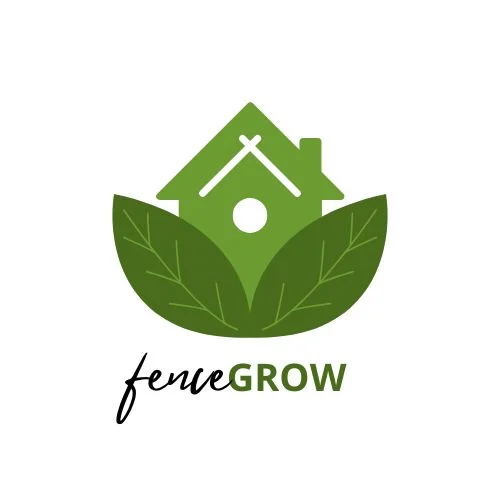
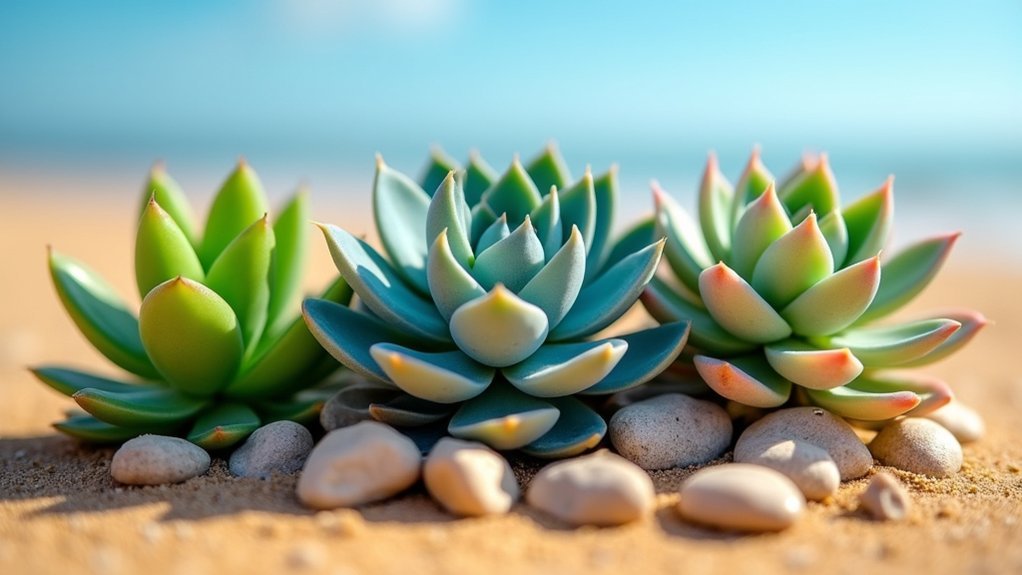
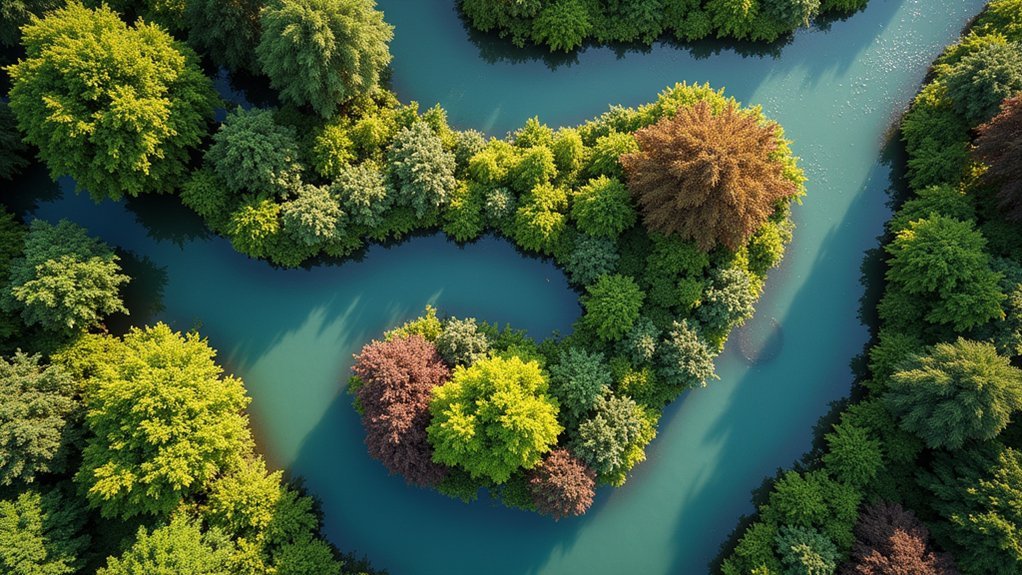
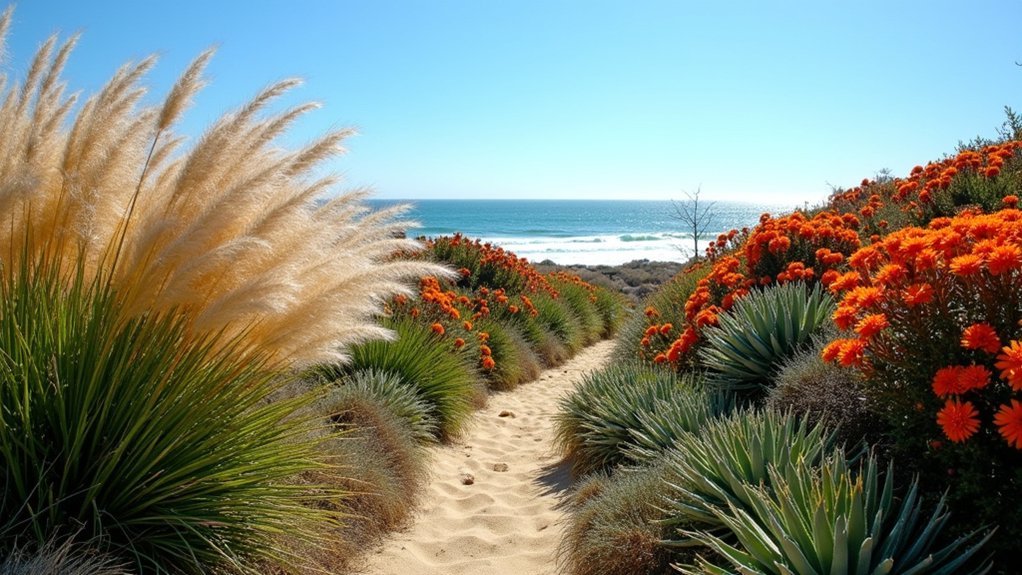
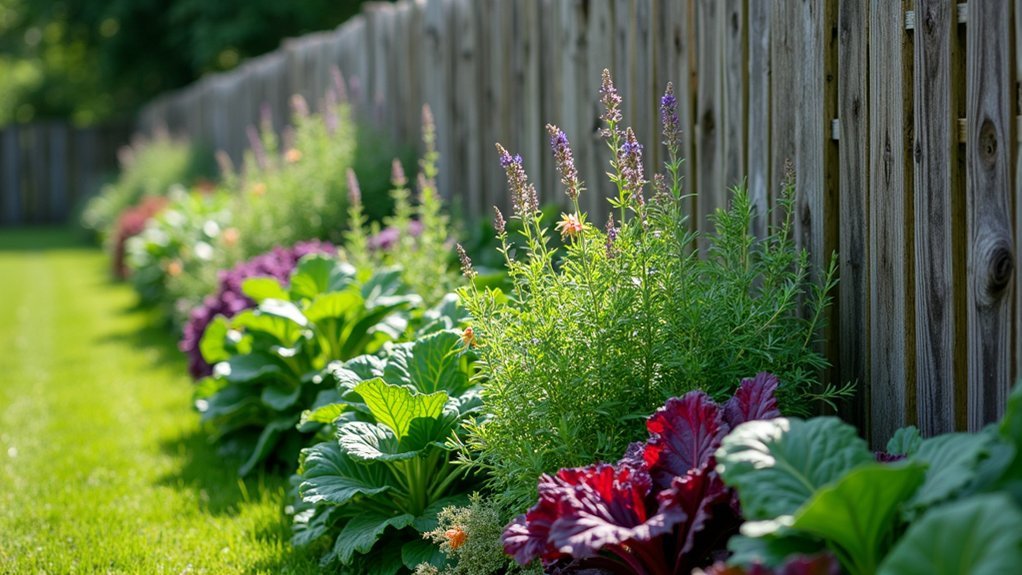
Leave a Reply